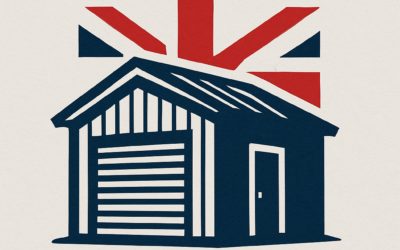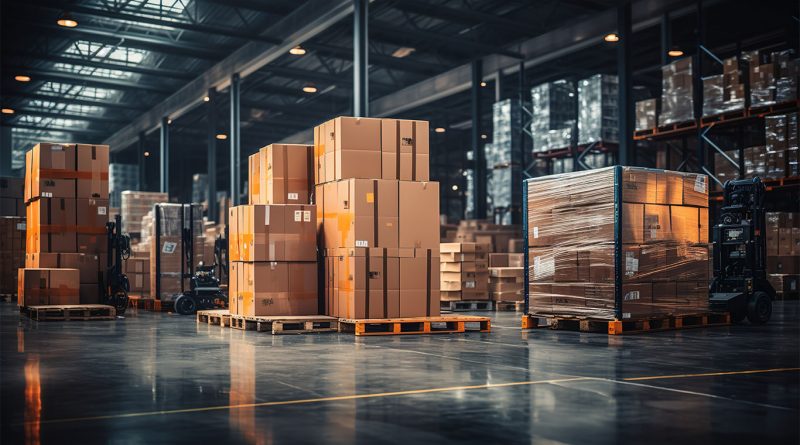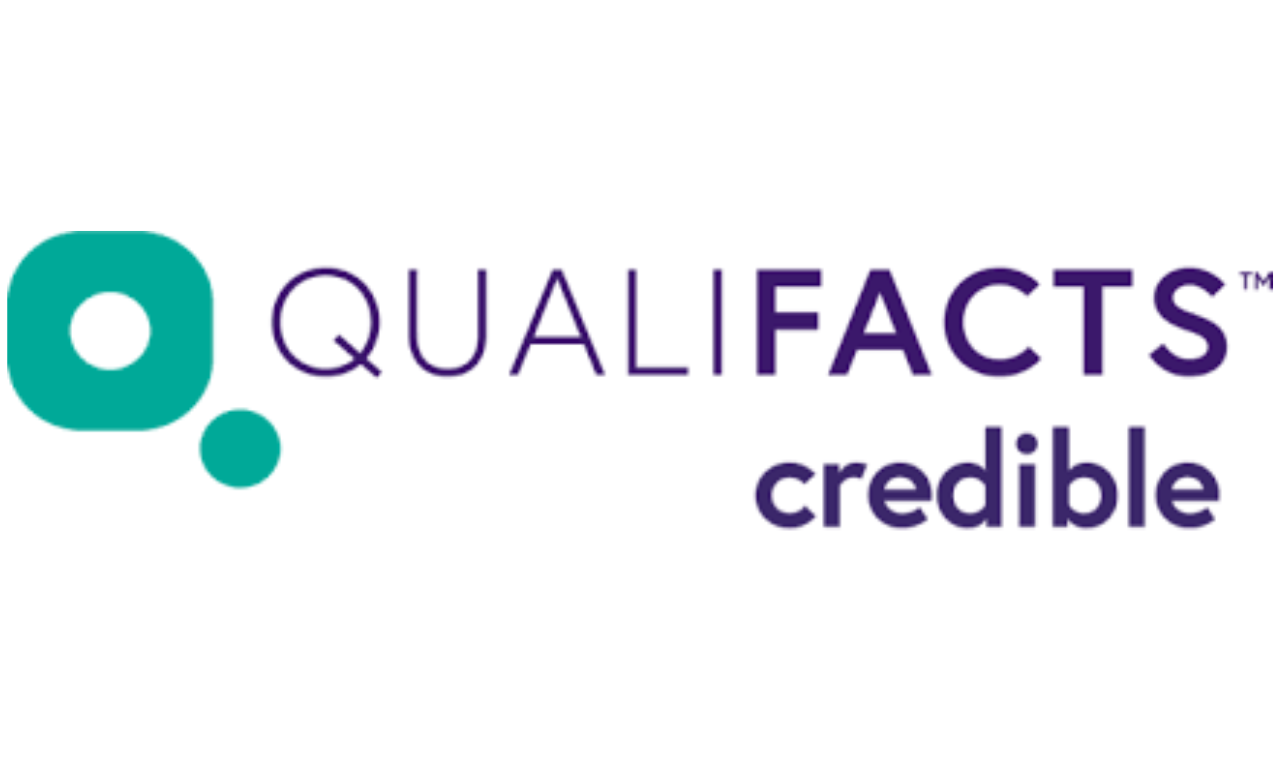Table of Contents
Product distribution is a critical element in the success of any business. From getting products into customers’ hands to managing logistics, it plays a vital role in ensuring smooth operations. Whether you’re a startup or a seasoned business, understanding distribution strategies will help you streamline processes and meet customer demands efficiently. In this article, we’ll explore what product distribution is, how it works, and different methods companies use to get products into the market.
Let’s dive in!
What Is Product Distribution?
In simple terms, product distribution is the process of delivering goods from the manufacturer or producer to the end customer. It involves various intermediaries, such as wholesalers, retailers, and distributors, who help bridge the gap between production and consumption. The goal of product distribution is to ensure products are available to customers at the right place, at the right time, and in the right quantity.
Why Is Product Distribution Important?
Efficient product distribution ensures that customers can access products whenever they need them. Poor distribution, on the other hand, can cause stockouts, delays, or high costs, leading to lost sales and customer dissatisfaction. Here are the key reasons why product distribution matters:
- Customer Satisfaction: Ensures timely availability of products, enhancing the customer experience.
- Competitive Advantage: A well-executed distribution strategy allows businesses to outperform competitors by ensuring quick delivery.
- Cost Control: Reducing unnecessary steps in the supply chain lowers costs and boosts profit margins.
- Market Penetration: Efficient distribution helps businesses expand into new markets with minimal delays.
Types of Product Distribution Channels
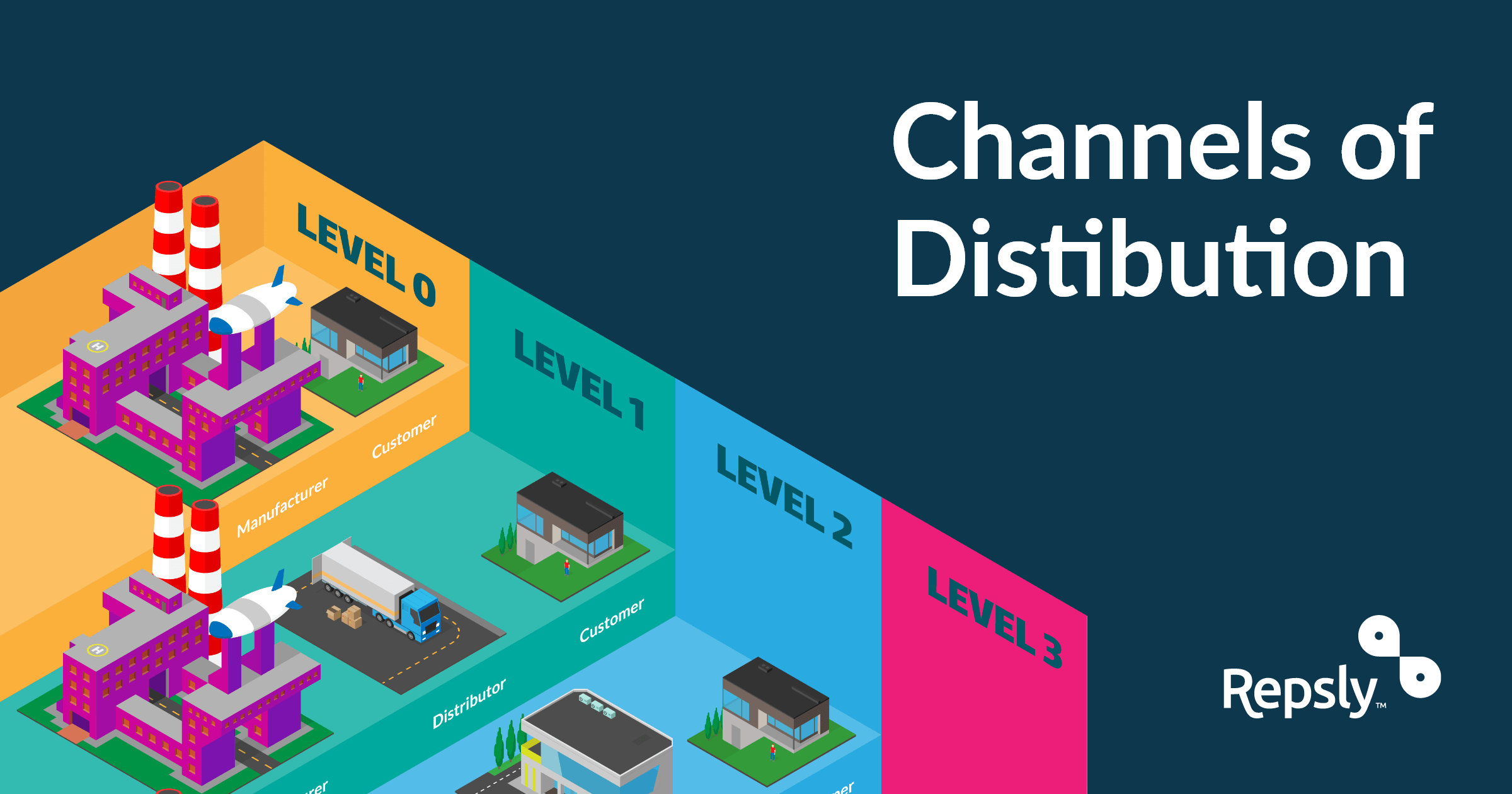
There are several distribution channels businesses can choose from, depending on their goals, target audience, and resources. These channels are typically classified into direct, indirect, and hybrid distribution methods. Let’s break them down.
1. Direct Distribution
In direct distribution, the manufacturer or producer sells products directly to the end consumer without involving intermediaries. This model is common for businesses that want to maintain complete control over their products and customer experience. Examples include online stores, brand outlets, and farm-to-table operations.
- Pros: Higher profit margins, better control over branding and pricing, direct customer feedback.
- Cons: Requires significant investment in infrastructure and logistics.
Example: Apple’s retail stores and website allow it to sell products directly to consumers without involving retailers.
2. Indirect Distribution
Indirect distribution involves third-party intermediaries, such as wholesalers, distributors, or retailers, to move products to the final consumer. This model is ideal for businesses looking to reach a broader audience without managing all logistics themselves.
- Pros: Faster market penetration, reduced logistical burden, access to existing customer networks.
- Cons: Lower profit margins due to intermediary fees, less control over branding.
Example: Coca-Cola distributes its products through a network of retailers, vending machines, and restaurants.
3. Hybrid Distribution
A hybrid distribution strategy combines both direct and indirect methods. Companies using this model sell products through multiple channels, including their own stores, third-party retailers, and online platforms.
- Pros: Greater flexibility, diverse revenue streams, wider customer reach.
- Cons: Requires efficient coordination between multiple channels to avoid conflicts.
Example: Nike sells through its online store, retail outlets, and third-party retailers like Foot Locker.
Key Players in Product Distribution
Several entities play critical roles in the product distribution process. Each player contributes to ensuring that products move smoothly through the supply chain.
- Manufacturers/Producers: Responsible for producing goods and often choosing the initial distribution strategy.
- Wholesalers: Buy products in bulk from manufacturers and sell them to retailers or smaller distributors.
- Distributors: Act as intermediaries between manufacturers and retailers, managing the logistics and storage of goods.
- Retailers: Sell products directly to end consumers through physical stores or online platforms.
- Logistics Companies: Handle transportation, warehousing, and inventory management to ensure timely delivery.
Common Product Distribution Strategies

Businesses adopt different distribution strategies depending on their product type, customer base, and market goals. Below are some common strategies:
1. Intensive Distribution
This strategy focuses on making products available in as many locations as possible. It’s commonly used for fast-moving consumer goods (FMCGs), such as snacks and beverages.
- Example: Soft drinks are sold in supermarkets, gas stations, restaurants, and vending machines.
2. Selective Distribution
Selective distribution involves limiting the availability of products to a few carefully chosen retailers. It works well for premium products that require specialized handling or exclusive placement.
- Example: Electronics brands like Bose only sell their products through select retailers.
3. Exclusive Distribution
This strategy grants exclusive rights to a single distributor or retailer in a specific region. It’s often used for luxury products to maintain exclusivity and brand prestige.
- Example: Luxury car brands like Ferrari use exclusive dealerships to sell their vehicles.
The Role of Technology in Product Distribution
Technology has transformed product distribution, making it more efficient and customer-centric. Here are some ways technology plays a role:
- Warehouse Management Systems (WMS): Automates inventory tracking and order fulfillment.
- Customer Relationship Management (CRM): Helps businesses understand customer preferences and tailor distribution strategies accordingly.
- E-commerce Platforms: Enable direct-to-consumer (D2C) sales with minimal infrastructure.
- Tracking and Analytics Tools: Provide real-time data on product movement and customer behavior, helping businesses optimize distribution.
Challenges in Product Distribution
While distribution is essential, it’s not without its challenges. Businesses often face obstacles such as:
- High Logistics Costs: Transporting goods over long distances can be expensive.
- Inventory Management Issues: Overstocking or understocking products can lead to lost sales or increased storage costs.
- Changing Consumer Behavior: The rise of online shopping has forced businesses to adapt their distribution models.
- Supply Chain Disruptions: Natural disasters, strikes, or geopolitical events can delay product delivery.
Best Practices for Effective Product Distribution
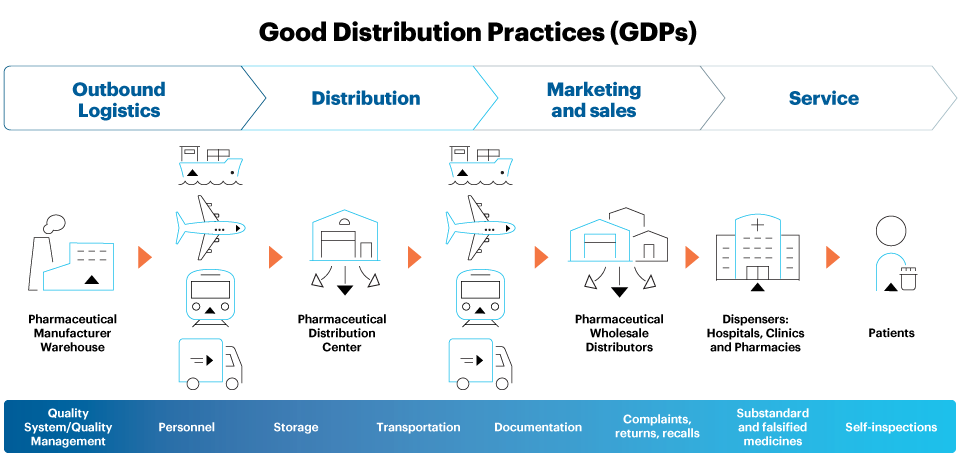
To ensure smooth product distribution, businesses can follow these best practices:
- Choose the Right Channel: Consider your product type, target audience, and budget when selecting a distribution channel.
- Build Strong Partnerships: Establish good relationships with distributors, retailers, and logistics providers.
- Optimize Inventory Management: Use technology to monitor stock levels and avoid shortages or surpluses.
- Stay Customer-Centric: Keep customers in mind when planning distribution strategies to ensure a seamless experience.
- Monitor and Adjust: Continuously analyze distribution performance and make adjustments based on data and feedback.
Future Trends in Product Distribution
As markets evolve, new trends are shaping the future of product distribution. Some of the most notable trends include:
- Omni-channel Distribution: Businesses are adopting omni-channel strategies, integrating online and offline channels to provide a seamless shopping experience.
- Sustainable Logistics: Companies are focusing on eco-friendly practices, such as using electric vehicles for delivery and optimizing packaging.
- Direct-to-Consumer (D2C) Boom: More businesses are bypassing intermediaries and selling directly to consumers through e-commerce platforms.
- AI and Automation: Artificial intelligence is being used to forecast demand, optimize routes, and automate order fulfillment.
- Same-Day Delivery: Customer expectations are rising, and same-day or even instant delivery is becoming a competitive advantage.
Conclusion
Product distribution is a crucial part of any business strategy. Whether you choose direct, indirect, or hybrid distribution methods, it’s important to align your strategy with your business goals and customer expectations. With the rise of technology and changing consumer behavior, companies need to stay agile and adopt innovative practices to thrive in today’s fast-paced markets.
By understanding the ins and outs of product distribution, businesses can optimize their supply chains, reduce costs, and provide better service to customers. Keep experimenting, learning, and refining your distribution processes to stay ahead of the competition and ensure long-term success.
This guide has covered everything you need to know about product distribution, from its importance to strategies and future trends. By mastering distribution, you can improve your business operations and meet customer needs effectively. Happy distributing!
FAQs on Product Distribution
1. What is product distribution?
Product distribution is the process of moving goods from manufacturers or producers to consumers, ensuring they reach the right place at the right time through various channels like wholesalers, retailers, and direct sales.
2. What are the different types of product distribution channels?
The main types are:
- Direct Distribution: Selling directly to consumers (e.g., online stores).
- Indirect Distribution: Using intermediaries like wholesalers and retailers.
- Hybrid Distribution: A mix of direct and indirect methods.
3. Why is product distribution important?
It ensures customer satisfaction by making products available when and where they’re needed. Additionally, it helps businesses reduce logistics costs, gain competitive advantages, and expand into new markets.
4. What is the difference between direct and indirect distribution?
- Direct distribution involves selling products directly to customers without intermediaries.
- Indirect distribution relies on third-party entities, such as wholesalers and retailers, to sell products to consumers.
5. What is an example of selective distribution?
Selective distribution limits product availability to a few high-quality retailers. For instance, Bose audio products are only sold through select retailers that meet specific brand standards.
6. What role do wholesalers play in product distribution?
Wholesalers buy products in bulk from manufacturers and sell them to retailers or smaller distributors, helping reduce manufacturers’ storage and logistics burden.
7. What challenges do companies face in product distribution?
Some common challenges include high logistics costs, inventory management issues, changing consumer behavior, and disruptions in the supply chain due to external factors like natural disasters or labor strikes.
8. How does technology improve product distribution?
Technology aids distribution by automating inventory tracking, forecasting demand with AI, managing warehouses efficiently, and enabling real-time shipment tracking.
9. What is an omni-channel distribution strategy?
Omni-channel distribution integrates online and offline sales channels to provide a seamless shopping experience. For example, customers can browse products online and pick them up in-store or get home delivery.
10. How can businesses make their distribution more sustainable?
Companies can adopt eco-friendly practices by using electric vehicles, reducing packaging waste, optimizing delivery routes, and working with partners committed to sustainable logistics.
